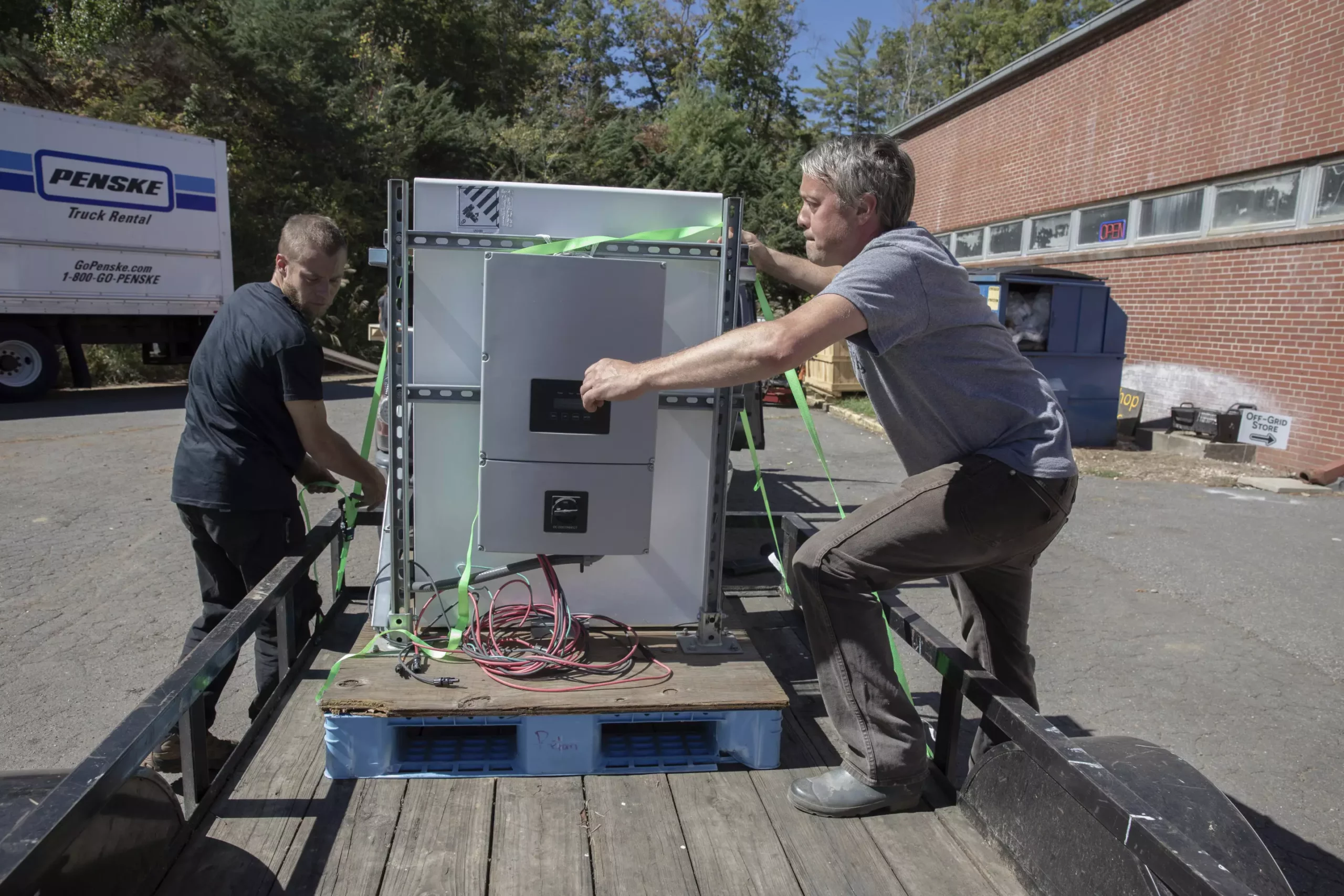In the wake of Hurricane Helene’s devastating impact on North Carolina’s mountainous regions, communities like Tipton Hill are grappling with the serious aftermath. Bobby Renfro, a local resident and retired railroad worker, has taken the initiative to establish a community resource hub in a repurposed church. Yet, despite his efforts, the incessant noise of a gas-powered generator serves as a stark reminder of the precarious situation many locals find themselves in. This generator, while essential, represents more than just a power source; it embodies the struggle against isolation and despair that comes from disrupted access to fundamental resources.
Renfro invested substantially—approximately $1,200 for the generator alone—along with countless additional dollars on fuel transported by volunteers from neighboring Tennessee. The constant hum of machinery has become a painful backdrop to their daily lives, underscoring a harsh reality: many in the area remain cut off from power, essential medical care, and means of communication. With over 43,000 residents still without electricity, as reported by Poweroutage.us, the inability to preserve medication, operate critical health equipment, or even access basic necessities reveals a community on the brink. Renfro’s sentiment, “We have no resources for nothing,” resonates deeply; it echoes the very real concern that the broader public might not appreciate the dire state of these isolated communities struggling to survive.
As restoration crews from various states lend support to local electric companies like Duke Energy, the complexity of the work has compounded in the wake of the disaster. Rather than simple repairs, teams are engaged in extensive rebuilding efforts amidst the dense forests that have hidden many vital roads and bridges. Kristie Aldridge, a representative from North Carolina Electric Cooperatives, summarized the situation with notable clarity: “The crews aren’t doing what they typically do.” This delay in recovery not only amplifies residents’ burdens but also illustrates the extensive challenges faced by emergency responders in storm-ravaged areas.
As families strive to reconnect with normalcy, many turn to gas and diesel generators for interim power solutions. However, this comes with its own set of complications. Navigating the cost of fuel and the inherent dangers of generator fumes severely complicates the situation, particularly when many of these generators were never designed for prolonged use. With the urgency of the situation evident, community members like Renfro are not only seeking assistance in the form of clean energy solutions but are also actively advocating for the resources they desperately need to survive.
Fortunately, relief is arriving in the form of innovative and sustainable energy solutions. An impactful initiative spearheaded by the nonprofit Footprint Project has introduced solar generators as a cleaner alternative to traditional power sources. Recently, a solar generator along with six solar panels was delivered to Renfro’s hub, providing newfound hope for those in the community who desperately require electricity. This development symbolizes not only a movement towards sustainable energy but also lays a foundation for resilience that can withstand future calamities.
Footprint Project, founded by Will Heegaard and Jamie Swezey in 2018, was initiated with the larger goal of managing emergency responses while reducing greenhouse gas emissions. As they tackle the fallout from Helene, their mission has adapted to focus on deployment strategies that ensure communities harness solar energy’s potential to alleviate reliance on fossil-fuel-driven generators. Their efforts illustrate the power of collaborative community spirit, as they mobilize volunteers and resources to distribute solar panels and batteries across 33 sites affected by the hurricane.
The importance of local involvement cannot be overstated. Community members, such as volunteers from Asheville, display an unwavering commitment to supporting their neighbors—delivering panels and assisting with installations. This interconnectedness fosters a sense of solidarity amidst hardship, empowering residents to regain a measure of independence despite their circumstances.
As individuals and organizations work tirelessly to restore power and essential services, it is evident that the road to recovery will be long and arduous. Residents are left to grapple with not just the immediate impact of the storm but also the lingering consequences that follow in its wake. The Footprint Project’s ongoing presence in the area signals a commitment to providing sustained support—not merely for now but extending into the future.
As Swezey acknowledged, “We know there are people who will need help long after the power comes back.” This acknowledgment reinforces the critical nature of long-term support that recognizes entire communities’ structural needs. Only through sustained efforts, innovative solutions, and united community action can the lasting wounds of Hurricane Helene begin to heal, leading North Carolina’s mountain towns toward a hopeful and resilient future.


Leave a Reply